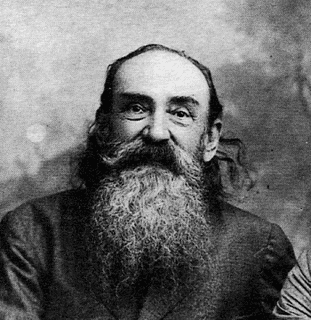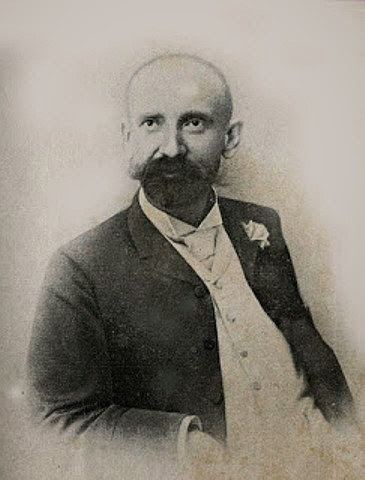Nationality Portuguese Books TRACOS DO EXTREMO ORIENTE Movies A Ilha dos As | Role Writer Name Wenceslau Moraes | |
 | ||
Full Name Wenceslau Jose de Sousa de Moraes Occupation Writer, naval officer, diplomat People also search for Paulo Rocha, Jorge L. Neto, Sumiko Haneda | ||
Bon odori tokushima wenceslau de moraes imortalizou o tamb m com um livro
Wenceslau José de Sousa de Moraes (born 30 May 1854 in Lisbon, d. 1 July 1929 in Tokushima), in modern orthography Venceslau de Morais, was a Portuguese writer whose works were steeped in orientalism and exoticism, particularly the culture of Japan. He has been compared to Lafcadio Hearn, a contemporary who settled in Japan but wrote in English. A translator of Haiku, his verse was also influenced by Symbolism.
Contents
- Bon odori tokushima wenceslau de moraes imortalizou o tamb m com um livro
- Bon odori tokushima 2010 wenceslau de moraes
- Biography
- References

Bon odori tokushima 2010 wenceslau de moraes
Biography

Born into a bourgeois family of modest wealth in Lisbon, Moraes wrote his first poems in 1872 at the age of 18. After studying at the Naval College, he was commissioned a lieutenant in 1875 and served aboard warships based in Portuguese Mozambique. In 1889, he was promoted to commander and assigned to assist the Captain of the Port of Portuguese Macau. While there he first began writing his Traços do Extremo Oriente, married an Anglo-Chinese woman named Atchan (from whom he separated in 1893), and visited Siam, Portuguese Timor, and Japan (the last nearly every year).
In 1899, he abandoned his naval career and became consul of Portugal's first consulate for Kobe and Osaka, Japan. Increasingly fascinated by Japan, he converted to Buddhism and married a former geisha named Fukumoto Yone in a Shinto ceremony. Grief-stricken after her death in 1912, he resigned his position as consul, severed all relations with the Portuguese Navy and foreign ministry, and moved to Yone's home city of Tokushima, where he lived with her niece Koharu and visited her grave every day. In chapter 41 of his book O "Bon-Odori" em Tokushima (1916) he explains why he chose to live the remainder of his life not among the living, but among memories of the deceased. After Koharu died in 1916, he made daily visits to the graves of both women, whom he memorialized in 1923, by which time he had become a hermit, increasingly Japanese in lifestyle, but increasingly resented by his Japanese neighbors. He died alone in 1929, at the age of 72.
Moraes and his works remained largely unknown in Japan until the seventh-year Buddhist memorial service for him on 1 July 1935, when Jiroh Yumoto, the local superintendent of schools (from Nagano Prefecture), encouraged the Ministry of Foreign Affairs and Ministry of Education to publicize his work. He is now remembered in a small museum atop Mount Bizan in Tokushima City.
